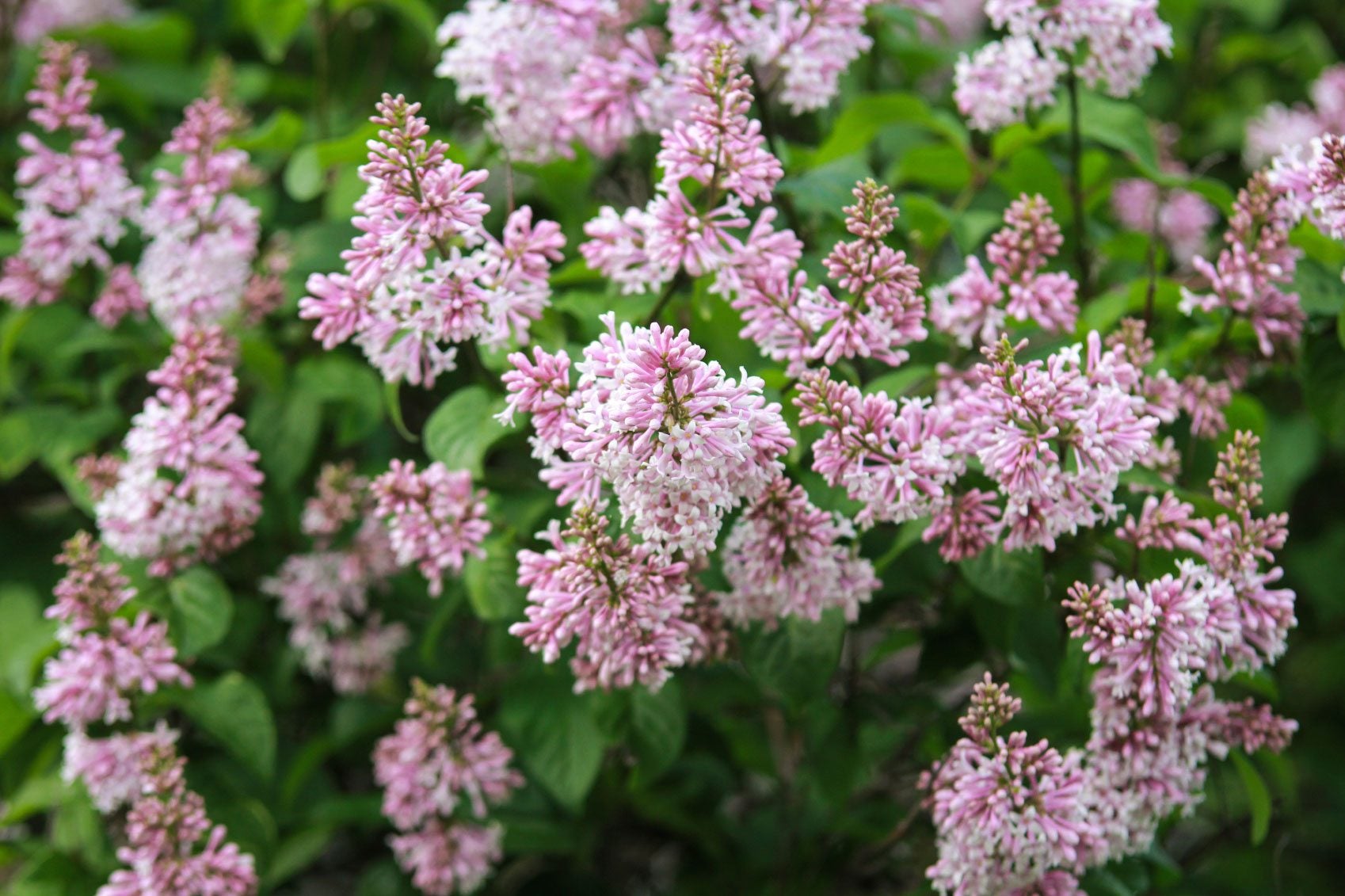Lilac Plant Fertilizer: Learn How And When To Feed A Lilac Bush


There are over 800 cultivars of lilacs with plants that bloom in hues of blue, purple, white, pink, and magenta. Lilacs grow well in sunny locations with slightly alkaline to neutral soil, and require little more than occasional pruning and lilac plant fertilizer.
Learn how to fertilize lilac shrubs to promote the best and most prolific scented blooms. The scent is unmistakable and intoxicating. Lilacs have been in cultivation for at least 500 years and represent old money and crumbling mansions.
The bushes are hardy and require little attention, including fertilizer, except in nutrient-poor regions. For those plants, rejuvenation pruning might be a better answer, but you can also apply lilac plant fertilizer in spring for added health. Knowing when to feed a lilac will promote better blooms and avoid heavy foliage.
When to Feed a Lilac
Plant food helps promote better leafy growth, healthy roots, better nutrient and water uptake, as well as better blooming and production. The ratio in fertilizer refers to NPK, which are the macronutrients a plant needs for optimum health. They are nitrogen, phosphorus, and potassium.
Plants with a high first number are formulated to enhance leafy growth, while phosphorus and potassium spur root health, flower, and fruit production. Fertilizing lilacs with anything but a balanced fertilizer can create excessive foliage or heavy blooms.
The best lilac plant fertilizer is a closely balanced fertilizer applied when active growth is just beginning. Since lilacs are deciduous, this is in spring just as the canes begin to awaken.
How to Fertilize Lilac Shrubs
Bone meal is a great fertilizer for lilac bushes. This is because it makes soil more alkaline. It is a natural plant food easy for the lilac to intake. Fertilizing lilacs isn't strictly necessary except after the first and second years of planting. They may be fertilized at planting with a superphosphate and limestone to sweeten the soil and avoid excess acidity.
Gardening tips, videos, info and more delivered right to your inbox!
Sign up for the Gardening Know How newsletter today and receive a free copy of our e-book "How to Grow Delicious Tomatoes".
As long as the soil is the proper balance and there is plenty of organic matter, you can forgo traditional fertilizer mixes. Only bushes planted in poor soil will really benefit from annual feeding. Use a 5-10-10 ratio when you do feed the plants. Spread 1 cup (237 ml.) granular food evenly around the root zone of the plant and water into the soil.
General Lilac Care
For old, poorly cared for plants that have become tangled masses of suckers, prune the bushes after bloom to rejuvenate them. A fertilizer for lilac bushes can be applied in early spring but a better way to reinvigorate these tired old plants is by pruning out 1/3 of the old canes for three successive seasons. This will allow fresh growth to emerge while still permitting the blooms to grow. Prune off the spent blooms to make room for the next season's flower buds to grow.

Bonnie Grant is a professional landscaper with a Certification in Urban Gardening. She has been gardening and writing for 15 years. A former professional chef, she has a passion for edible landscaping.
-
 Looking For Plants To Give You The Soft And Fuzzies? Try These 5 Fuzzy Leaf Plant Options
Looking For Plants To Give You The Soft And Fuzzies? Try These 5 Fuzzy Leaf Plant OptionsLovers of texture, drama, silver foliage and tactile plants will adore these special sensory garden additions. These fuzzy leaf plant options will leave you all aglow
By Susan Albert
-
 Get Ready For A Summer Of Hummers! Grow These Full Sun Hummingbird Plants and Flowers
Get Ready For A Summer Of Hummers! Grow These Full Sun Hummingbird Plants and FlowersIf you’re lucky enough to enjoy a sunny backyard, make sure you are maxing out on your pollinator opportunities and grow these full sun hummingbird plants and flowers
By Tonya Barnett